Japanese corn mayo bread, also known as “corn pan,” is a beloved savory treat found in bakeries across Japan.
This delightful bread combines the fluffy texture of a Japanese-style bun with a rich, creamy topping of sweet corn and mayonnaise. It’s a perfect example of how Japanese cuisine creatively blends Western influences with local ingredients to create something uniquely delicious.
Corn mayo bread is a staple in Japanese bakeries (panya) and convenience stores (konbini). Its popularity can be attributed to its comforting taste and the balance of savory and sweet flavors, making it a perfect snack or light meal.
Whether enjoyed as a snack, a light meal, or a treat from a Japanese bakery, this bread showcases the inventive spirit of Japanese culinary tradition. Give it a try, and bring a taste of Japan into your home!
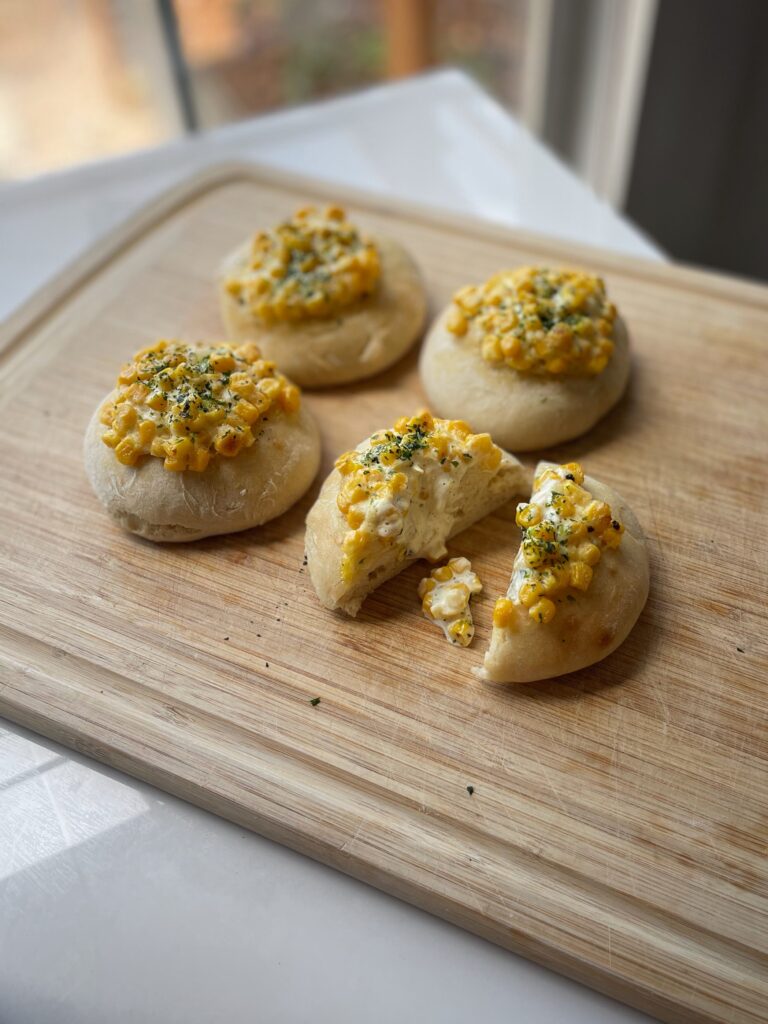
The Components
The main components of Japanese corn mayo bread include:
- Soft Bread Base:
- The bread is typically made from a rich dough similar to that used in other Japanese baked goods, such as “anpan” (red bean paste buns). It’s soft, slightly sweet, and incredibly fluffy.
- Corn and Mayonnaise Topping:
- The topping consists of sweet corn kernels mixed with Japanese mayonnaise, known as Kewpie. It has a tangy and slightly sweet flavor, which pairs perfectly with the sweetness of the corn. Sometimes, a sprinkle of cheese or herbs is added for extra flavor.
- Baking Process:
- The prepared buns are topped with the corn and mayonnaise mixture, then baked until the bread is golden and the topping is slightly browned and bubbly.
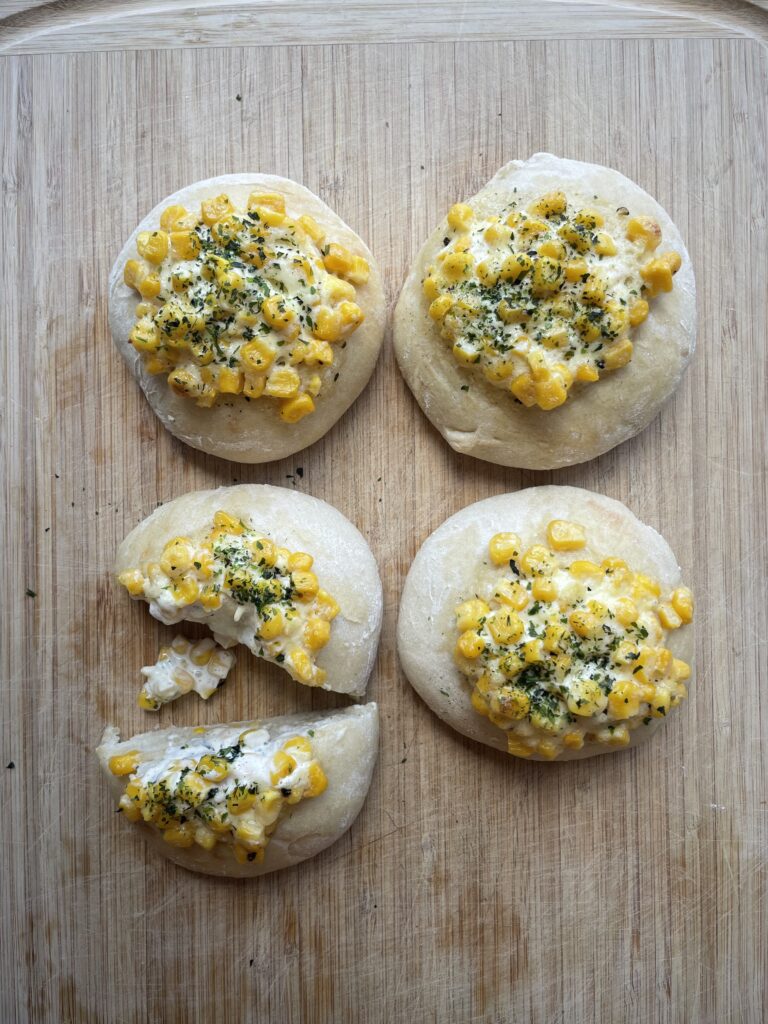
Corn & Kewie Mayo Buns (コーンパン)
- Total Time: 33 minutes
Description
Japanese corn mayo bread is a fluffy, slightly sweet bun topped with a creamy mixture of sweet corn and tangy Japanese mayonnaise, baked to golden perfection.
Ingredients
- 1 cup whole milk
- 1 tsp instant dry yeast
- 2 1/4 cup all-purpose flour (plus more for dusting)
- 2 cup corn
- 1/2 cup Kewpie mayo (adjust to your desired consistency level)
- 1 tsp granulated sugar
- Salt and pepper to taste
- For garnishing (optional): aonori
Instructions
- In a large bowl, combine the milk, instant dry yeast, and flour. Mix with your hands for about a minute.
- Transfer the dough to a lightly floured, clean, flat surface and knead for 15 minutes until smooth and elastic.
- Place the dough back into the large bowl and cover it. Allow the dough to proof in a warm place for approximately 1 hour, or until it has almost doubled in size.
- After the dough has proofed, preheat your oven to 350°F (175°C).
- Divide the dough into 8 equal pieces. Flatten each piece slightly, then tuck the edges underneath to form a ball. Place four of the dough balls on a standard baking sheet (18 in. x 13 in.) that has been sprayed with oil.
- Using a measuring cup slightly smaller than the dough balls (a 1/4 cup works well), press into the center of each ball to create a crater.
- In a small bowl, combine the corn, Kewpie mayonnaise, sugar, cornstarch, and salt & pepper. Mix thoroughly to combine.
- Spoon approximately 1/4 cup of the corn mixture into the crater of each dough ball.
- Bake the filled buns in the preheated oven for 5 minutes. After 5 minutes, switch the oven setting to broil on high and bake for an additional 3 minutes until the tops are golden brown.
- Remove the buns from the oven and let cool slightly before serving.
Notes
Before broiling, top with mozzarella cheese too if you want!
- Prep Time: 25 minutes
- Cook Time: 8 minutes
Nutrition
- Serving Size: 8




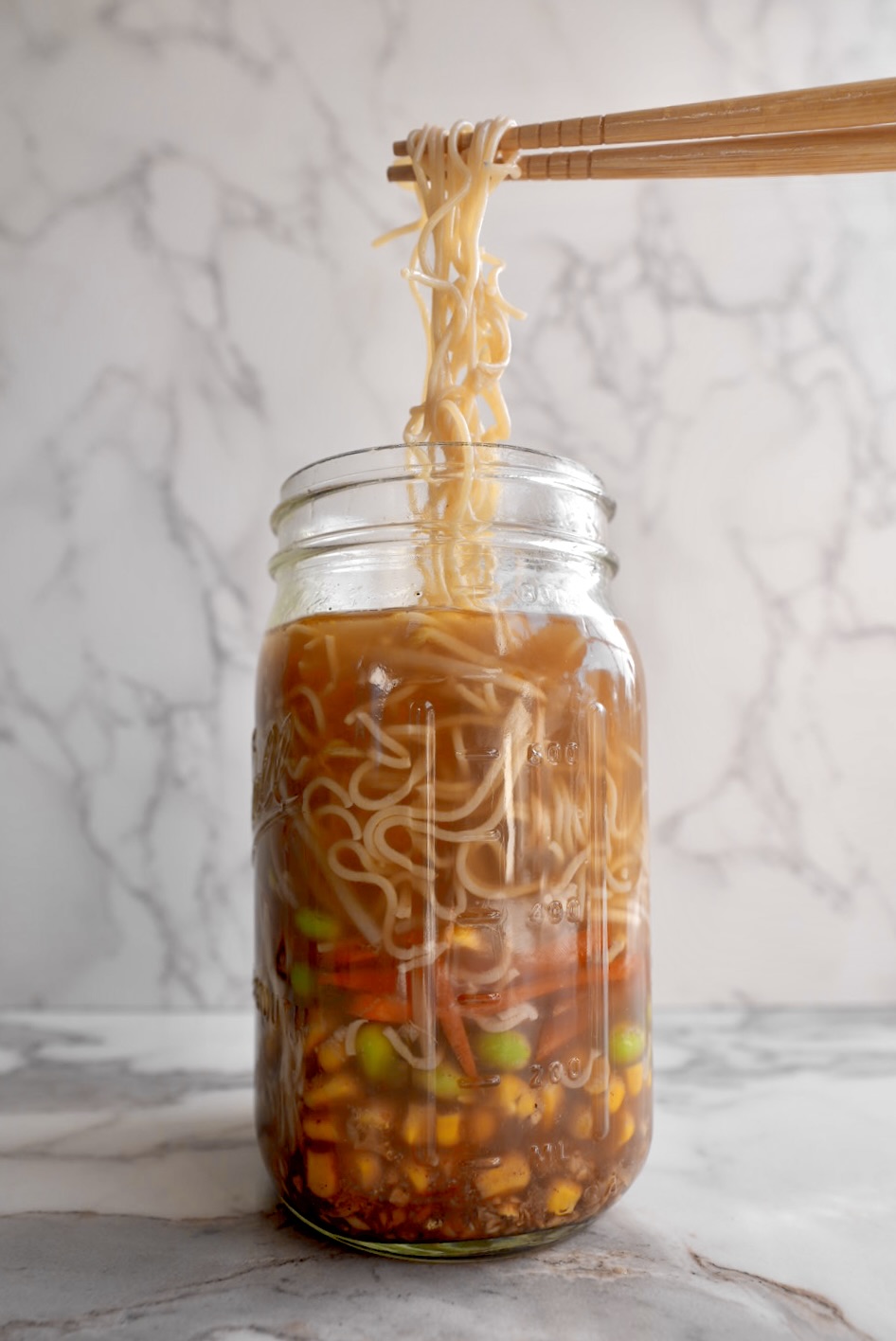
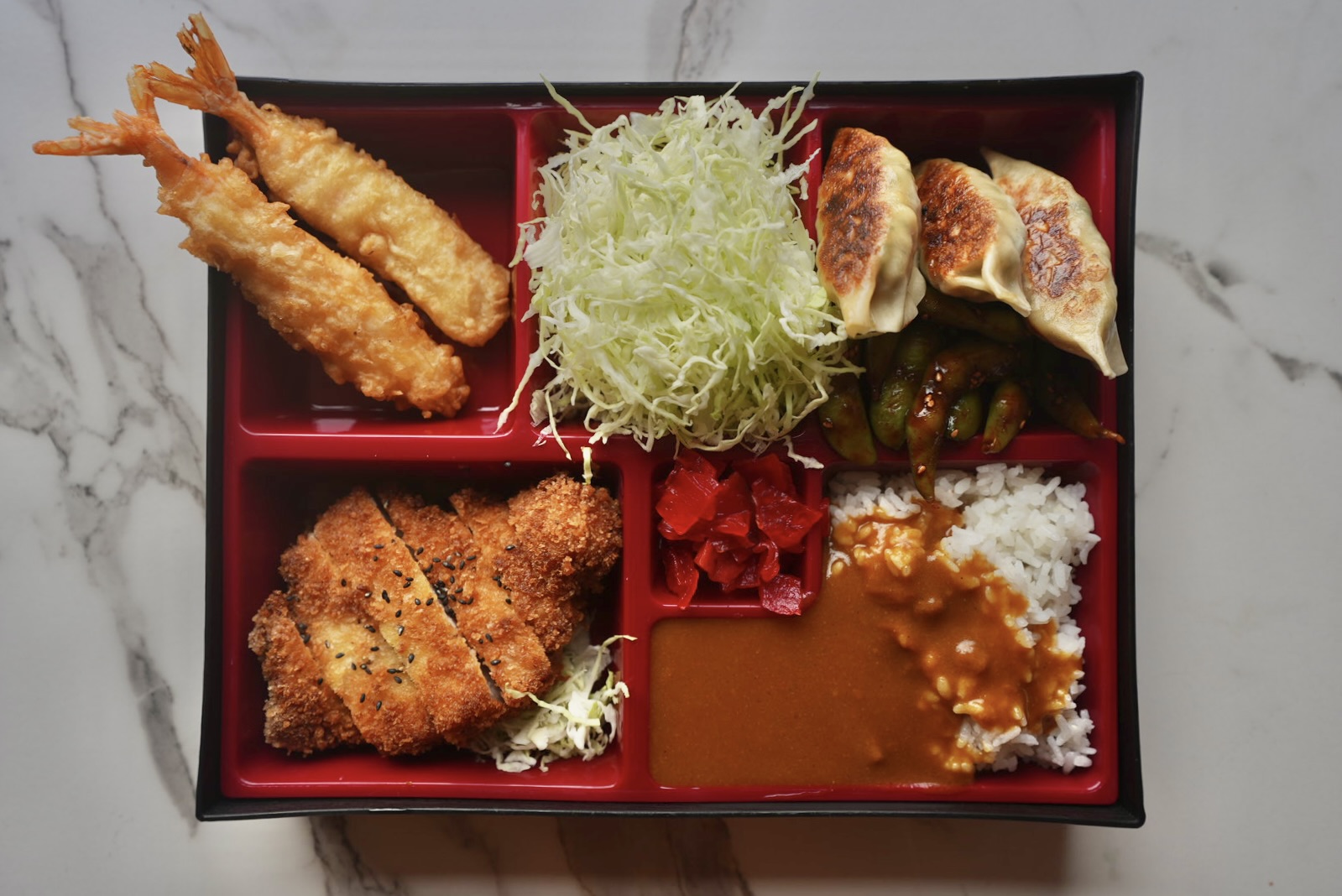
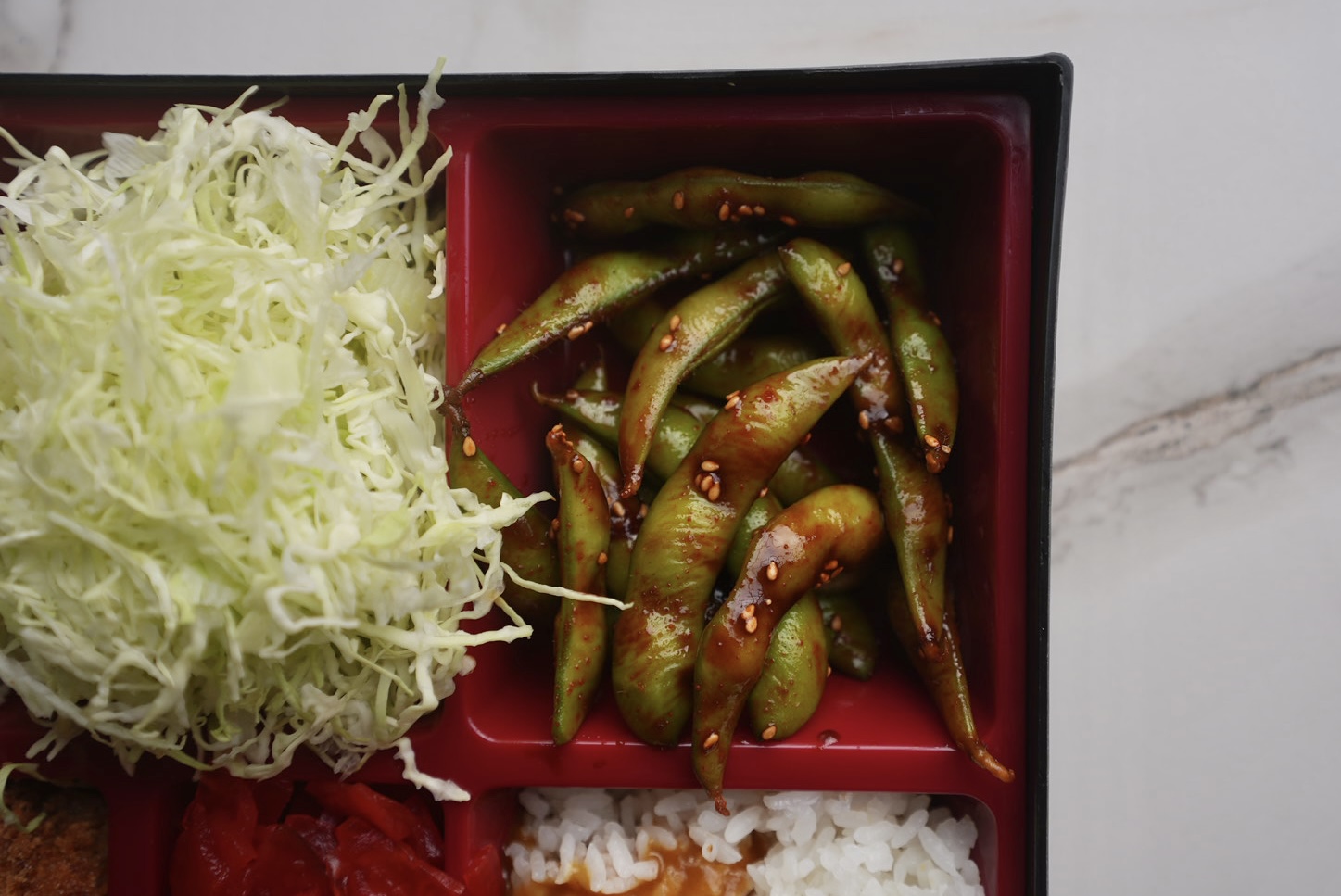
I’m curious how popular this one is in Japan? It is like elote bread lol.
Hahaha it really is! You’ll see this very frequently in convenience stores or bakeries!
Loved the tip to mix the filling in before baking — it kept everything moist but not soggy.
Yum! Thanks for sharing, Nolan! 🙂